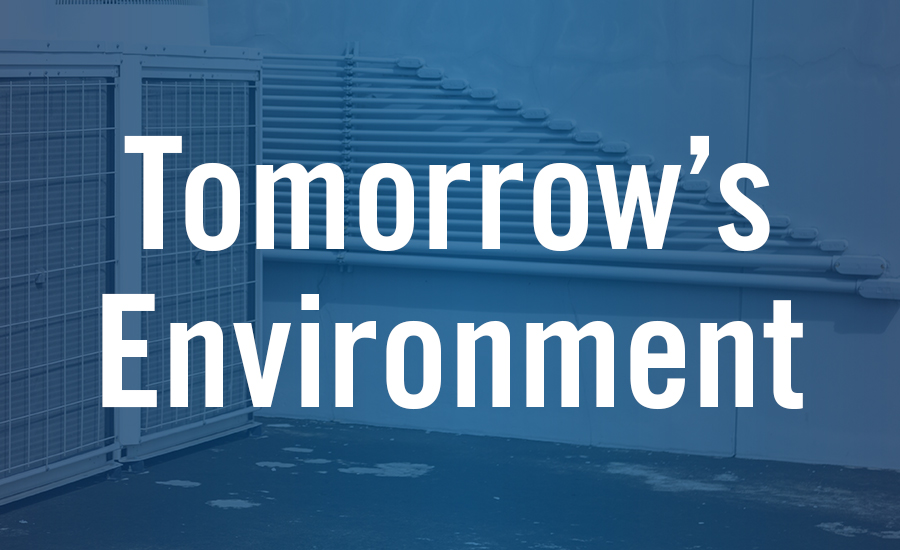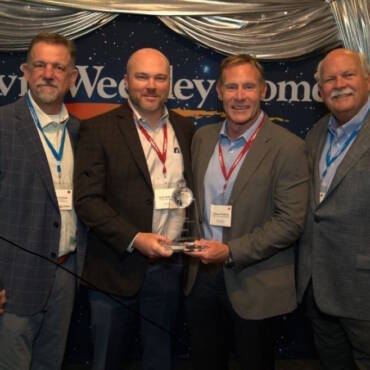I was designing heating, ventilating, and air-conditioning (HVAC) systems in the pre-energy crisis era of the early 1970’s. I changed my design engineering approach to HVAC at the start of the new energy conservation period and applied what I had learned to be designing in the energy retrofit era that gave our industry the opportunity to go back and correct the error of our ways before the 1972 oil embargo, e.g., retrofit double duct constant volume central air system to dual fan-double duct variable volume system. I was still engineering as the industry entered the green era in building construction. I was still working as the industry focused on Net Zero carbon and carbon neutral era. Now our industry is in the decarbonization and electrification era.
All that time, the focus was on adapting HVAC design engineering to all the applications, e.g., healthcare facilities, educational facilities, etc. within these buildings. Along the way the HVAC industry started to look outside buildings, when we started to engineer demand-side management to accommodate higher electrical utility prices, using building automation systems (BAS) in lieu of automatic temperature controls (ATC). We started applying co-generation and producing electricity and thermal energy storage(TES), along with solar heat for heating water and wind power and solar photovoltaic solar to generate electricity.
Since its inception, the U.S. Green Building Council (USGBC) has continued to be proactive with their Leadership in Engineering and Environmental Design (LEED) certification program and its scorecard that includes the category, “Materials and Resources.” While we have been engineering high performance HVAC systems, our industry hasn’t been proactive in identifying the “Materials and Resources” specified in the contract documents for new construction. What we haven’t been very focused on, looking outside the building program, has been to take into account the carbon impact of specifying materials for HVAC application, and the carbon dioxide process that takes place after the equipment and materials have been installed and put into operation.
For example, what is the environmental impact of a large central air system using sheet metal or aluminum duct distribution throughout a facility versus a decentralized water-source heat pump system that uses less material with its distribution system. The decision-making should be based on life cycle of the material, its carbon and carbon dioxide production impact, return-on-investment, and availability in relationship of a construction project timeline.
In addition to proposed materials is the issue of electrification and what is the source of electrical power. Is the utility plant an oil, gas, or coal fired power plant delivering electricity to a potentially award-winning Net Zero or carbon neutral building program? Here again what we haven’t been very focused on, looking outside the building program, has been to overlook the global warming impact of the electricity generated at the nearby central plant, upstream of the new construction site. An example of this issue of electrification that is not addressed, when providing an environmentally friendly building infrastructure system to heat and air-condition project, e.g., fossil fuel electrical power plant versus electrical solar panel fields to produce the electrical energy to power these building system.
As a design engineer, in sync with building owner environmental responsibilities, we should be striving for decarbonization of a project as best as possible just like we learned to re-engineer HVAC designs going back and working through those periods in time to comply with good practice and changing energy codes.
This latest challenge may be impossible to achieve as the ocean levels increase, temperatures increase, wildfires ignite from excessive dryness, and other climate changes occur. Unless the building industry mandate decarbonization and electrification through laws, similar to how energy codes mandated compliance, we may have reached a plateau that we can get above. There are many influencers to accept change outside a building program but, within a building project, change can be made. I think the design community has a lot of guidelines to follow but maybe the next proactive design guideline could be a “Decarbonization-Electrification Checklist,” analogous to the LEED scorecard task, “Materials and Resources” generated by the HVAC industry, e.g., through an ASHRAE research project?
Referring to the first paragraph of this column, one can reflect back and recall these periods of change to the HVAC building industry. The effects were significant and need to continue to change significantly if global warming is going to be reversed. Maybe in 2025 this Don Quixote quest will enter the next stage of preserving the environment.
Whether you require installation, repair, or maintenance, our technicians will assist you with top-quality service at any time of the day or night. Take comfort in knowing your indoor air quality is the best it can be with MOE heating & cooling services Ontario's solution for heating, air conditioning, and ventilation that’s cooler than the rest.
Contact us to schedule a visit. Our qualified team of technicians, are always ready to help you and guide you for heating and cooling issues. Weather you want to replace an old furnace or install a brand new air conditioner, we are here to help you. Our main office is at Kitchener but we can service most of Ontario's cities
Source link



